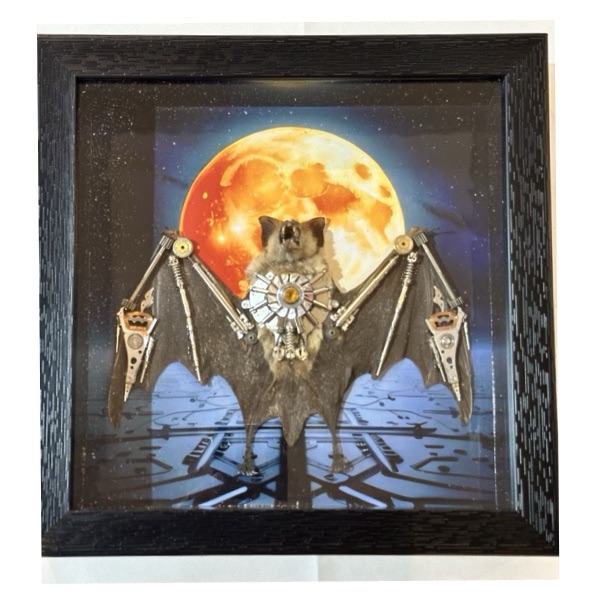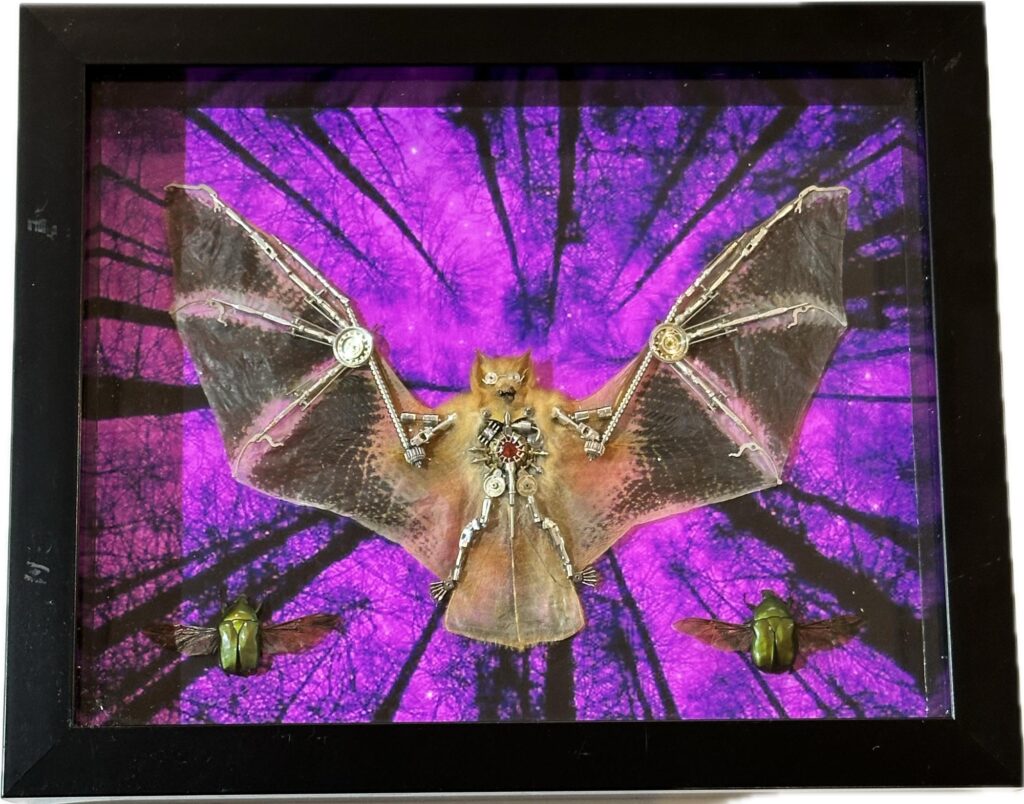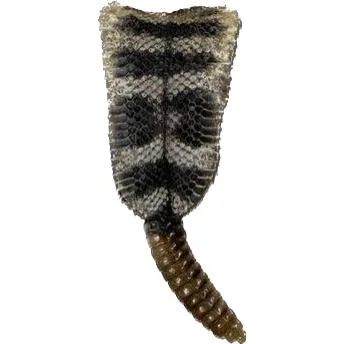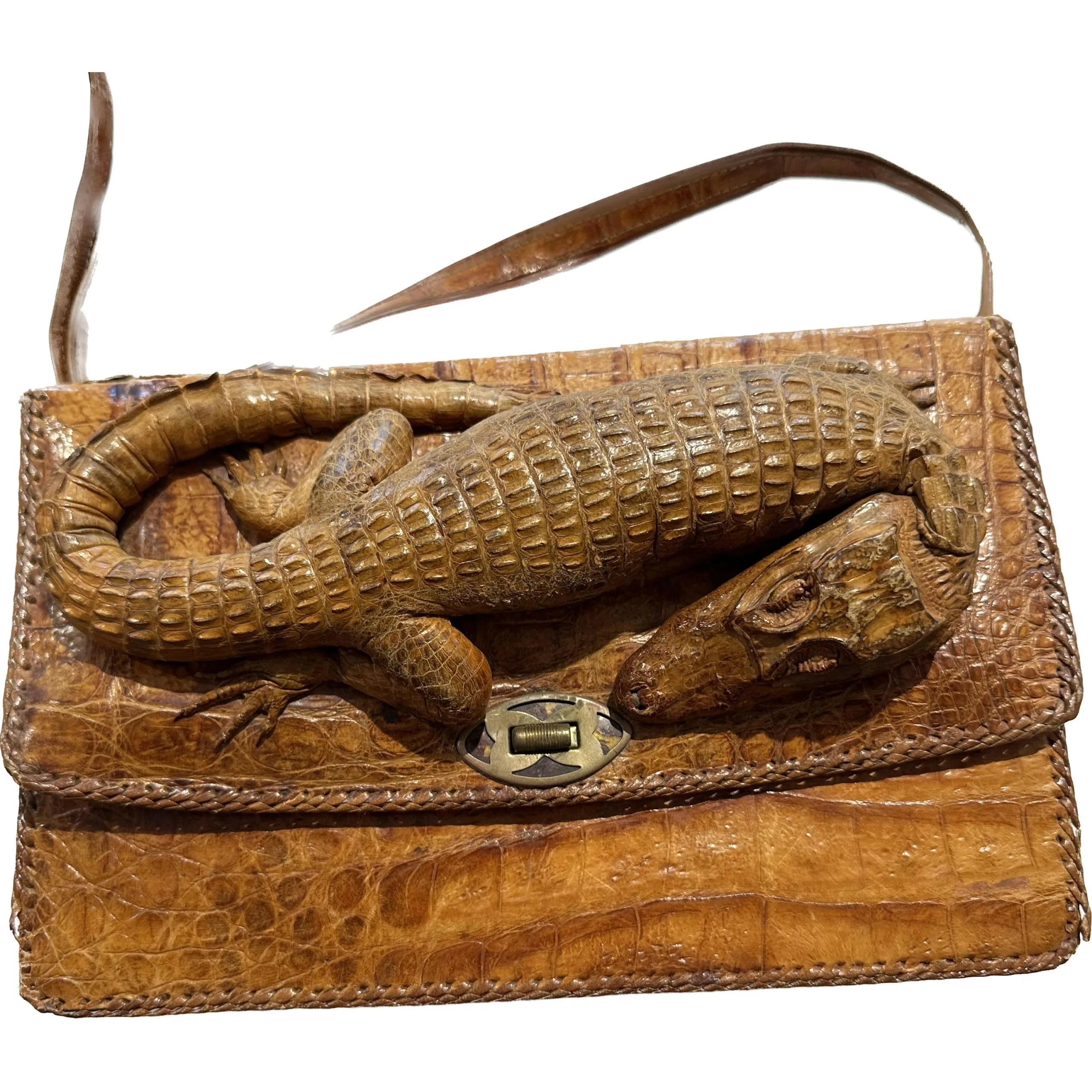Two headed bat taxidermy in Victorian frame
Two-headed bat taxidermy creations offer a unique blend of curiosity, creativity, and technical skill. These intriguing specimens, often found in eccentric collections or museums of oddities, have captivated audiences for generations, shedding light on the artistry and imagination of taxidermists.

One noteworthy example of a two-headed bat taxidermy creation dates back to the early 20th century, a time when sideshows and traveling carnivals thrived on showcasing peculiar attractions. In this era, a taxidermist sought to capture the public’s imagination by crafting a two-headed bat specimen. Meticulously stitching together the bodies of two individual bats, the taxidermist ingeniously aligned their heads to create the illusion of a single creature with two heads. The result was a captivating display that fascinated audiences, sparking debates about the authenticity of the specimen and the artistry involved in its creation.
Bat taxidermy, the art of preserving and mounting bats for display or scientific study, has a rich and varied history spanning centuries. Despite its controversial nature and ethical considerations, bat taxidermy serves as a valuable tool for education, conservation, and artistic expression.
Historically, bats have been subjects of fascination and fear, often associated with superstition and the supernatural. In many cultures, bats symbolize mystery, darkness, and even death, leading to their frequent depiction in folklore, literature, and art. This cultural significance has contributed to the enduring interest in bats and their portrayal through taxidermy.
The practice of preserving bats through taxidermy dates back to the 18th century when naturalists and collectors began assembling cabinets of curiosities filled with specimens from the natural world. Bats, with their unique anatomy and nocturnal habits, were prized additions to these collections, valued for their scientific and aesthetic appeal.
Early bat taxidermy techniques relied on rudimentary methods such as drying and stuffing to preserve specimens. However, as taxidermy evolved into a respected art form, so too did the techniques used to prepare bats for display. Today, modern taxidermists employ advanced methods and materials to create lifelike mounts that accurately capture the beauty and intricacy of these fascinating creatures.
Bat taxidermy serves multiple purposes, ranging from scientific research to artistic expression. In museums and educational institutions, preserved bat specimens play a crucial role in studying the anatomy, behavior, and ecology of these often misunderstood animals. By carefully preparing and cataloging bat specimens, scientists gain valuable insights into their biology and contribute to conservation efforts aimed at protecting bat populations worldwide.
Beyond scientific research, bat taxidermy also holds a place in the world of art and culture. Taxidermists and artists alike use bats as subjects for creative expression, producing stunningly lifelike mounts and imaginative sculptures that challenge perceptions and provoke thought. From whimsical dioramas depicting bats in their natural habitats to avant-garde installations exploring themes of mortality and transformation, bat taxidermy offers endless possibilities for artistic exploration.























Reviews
There are no reviews yet.